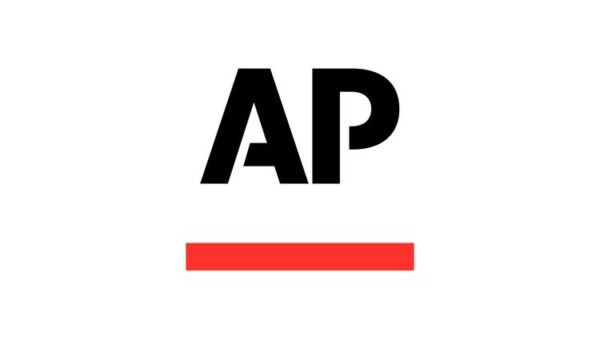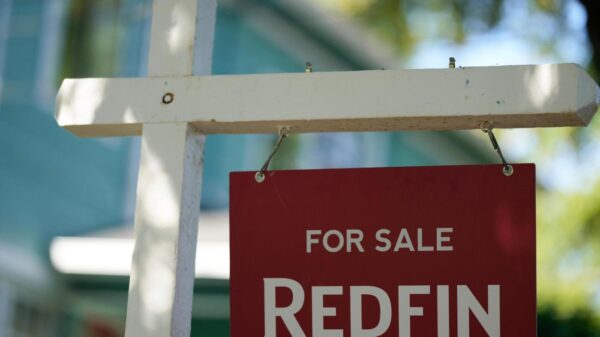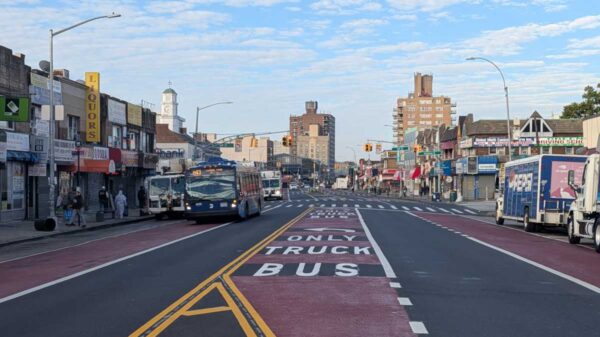As summer temperatures soar, many homeowners are turning on their air conditioning systems to stay cool. Yet, for those living in multi-story homes, the upper floors often remain uncomfortably warm despite the air conditioning running at full capacity. This phenomenon is common and can be attributed to several factors, according to heating, ventilation, and air conditioning (HVAC) experts.
Jon Gilbertsen, CEO of Chris Heating & Cooling, explains that the upper level of a home is essentially a different climate zone. “Your second floor isn’t just a hotter version of your first floor; it’s a different climate zone,” he states. The upper levels are more exposed to sunlight, which can heat them up, and they often experience poor airflow compared to lower levels.
Heat naturally rises, making it more challenging for HVAC systems to effectively cool upper floors. Scott Levene, a licensed HVAC professional, adds that factors such as inadequate insulation, sun-exposed windows, and inefficient ductwork can exacerbate the problem.
Solutions to Keep Upper Floors Cool
Fortunately, there are several practical solutions homeowners can implement to cool down their upper floors.
One of the simplest measures is to replace air conditioning filters regularly. A clogged filter can restrict airflow, leading to uneven cooling throughout the home. “I’ve seen second floors heat up because of something as simple as a clogged filter or a dirty evaporator coil,” says Brendan McCarthy, CEO of SALT Service Company. He recommends replacing filters every month or two during peak cooling season and scheduling annual maintenance to ensure optimal performance.
Another effective strategy is to assess whether the HVAC system has zoning capabilities. A zoning system divides a home into multiple areas, each controlled by its own thermostat. “Since hot air rises, airflow and temperature requirements for the second floor will vary from the bottom floor,” explains Drew Mansur, Co-Founder and Director of TileCloud. If zoning is not currently in place, consulting with an HVAC professional can help determine if it is a viable option.
Addressing Ductwork and Insulation Issues
If upper floors remain warm, homeowners should also inspect their ductwork for any leaks or inefficiencies. Proper ductwork is crucial for ensuring that cool air is distributed effectively throughout the home. “If your leaky ductwork is the source of your cooling issues, contact a local dealer to identify where your system needs repairs,” advises Mark Woodruff, Senior Product Manager at Trane.
Inadequate insulation in the attic can also lead to higher temperatures in upper floors. Elizabeth Shavers, General Manager of HVAC & Plumbing at Oncourse Home Solutions, emphasizes the importance of proper insulation. “An under-insulated attic is a common reason second floors stay hot,” she notes. By adding adequate insulation, homeowners can create a barrier against heat, ultimately improving comfort and reducing energy bills.
Finally, managing sunlight exposure can significantly impact indoor temperatures. Brandon Young, CEO of Payless Power, suggests using blackout curtains or solar shades to block sunlight from entering through windows. Closing doors on the upper floor during the day can also trap cool air in the rooms, and opening them at night can help circulate cooler evening air.
By implementing these strategies, homeowners can tackle the common challenge of upper floor heat during the sweltering summer months, ensuring a more comfortable living environment throughout the home.






































































